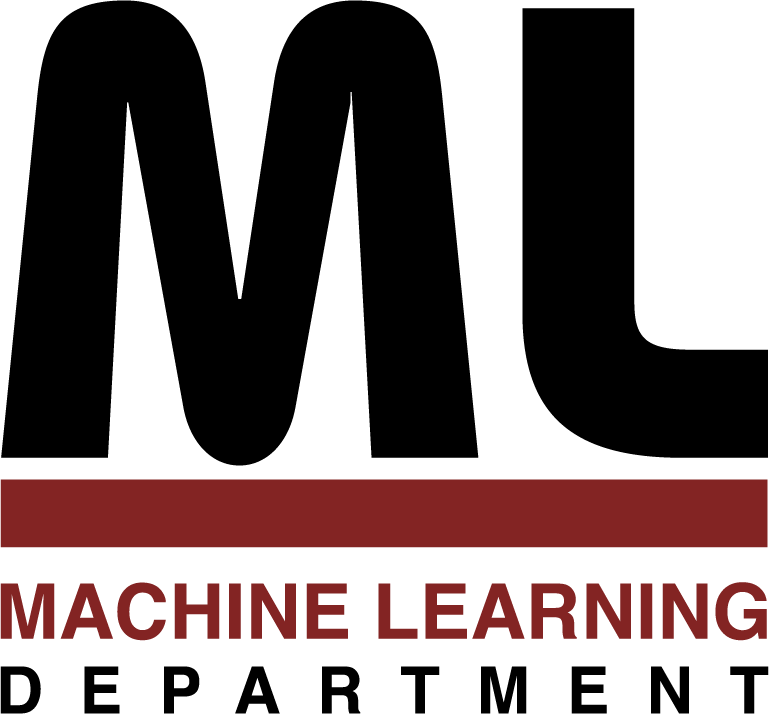
Machine Learning Department
School of Computer Science, Carnegie Mellon University
Post-Inference Methods for Scalable Probabilistic
Modeling and Sequential Decision Making
Willie Neiswanger
August 2019
Ph.D. Thesis
This thesis focuses on post-inference methods, which are procedures that can beapplied after the completion of standard inference algorithms to allow for increasedefficiency, accuracy, or parallelism when learning probabilistic models of big datasets. These methods also allow for scalable computation in distributed or onlinesettings, incorporation of complex prior information, and better use of inferenceresults in downstream tasks. A few examples include:
- Embarrassingly parallel inference. Large data sets are often distributed over acollection of machines. We first compute an inference result (e.g. with Markovchain Monte Carlo or variational inference) on each machine, in parallel, without communication between machines. Afterwards, we combine the results to yield an inference result for the full data set.
Prior swapping. Certain model priors limit the number of applicable inference algorithms, or increase their computational cost. We first choose any "convenient prior" (e.g. a conjugate prior, or a prior that allows for computationally cheap inference), and compute an inference result. Afterwards, we use this result to efficiently perform inference with other, more sophisticated priors or regularizers. - Sequential decision making and optimization. Model-based sequential decision making and optimization methods use models to define acquisition functions. We compute acquisition functions using the inference result from any probabilistic program or model framework, and perform efficient inference in sequential settings.
210 pages
Roni Rosenfeld, Head, Machine Learning Department
Eric P. Xing (Chair)
Jeff Schneider
Ruslan Salakhutdinov
Ryan P. Adams (Princeton University)
Yee WHye Teh (University of Oxford/Deep Mind)
Martial Hebert, Dean, School of Computer Science
School of Computer Science